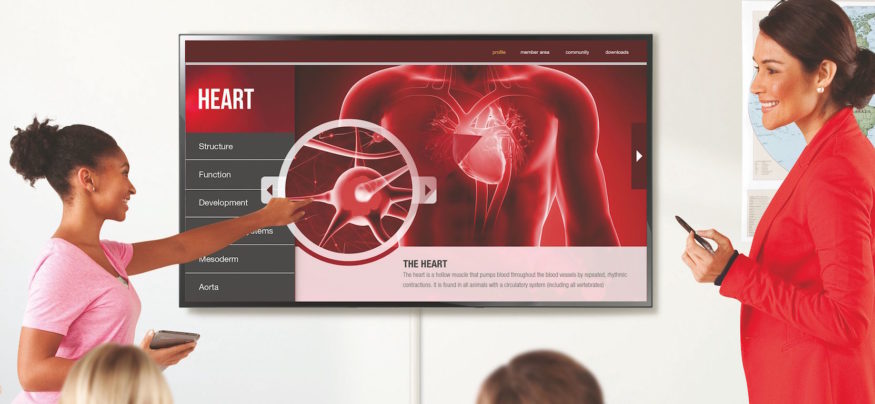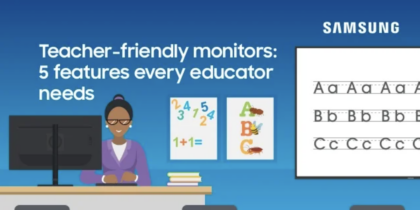Although most educators see the potential of digital learning to enhance student performance, many K-12 technology rollouts have been less than successful. In some cases, there simply isn’t enough technology available to truly impact learning. In others, the technology tools chosen are based on grant funding or other non-learning-related criteria rather than the needs of the students and teachers who’ll be using them. Or, the new tools don’t work well with the current infrastructure, so they’re rarely (if ever) utilized.
However, we can learn from successful digital learning initiatives that have shown great buy-in from teachers and have led to substantial improvements in student performance.
Steps to a Successful Digital Learning Program
When you choose the right tools for your learning goals and design classroom experiences that make the most of technology’s potential, you’re much more likely to create a successful deployment. This will allow you to take the next step in your digital transformation by planning your curriculum around technology that works, rather than spending all your time trying to find the right tools and techniques for your schools.
Read the white paper below to learn more about the key steps in planning a digital learning initiative.
Succeeding With Education Transformation – A Guide to Effective Technology Initiatives from Samsung Business USA







